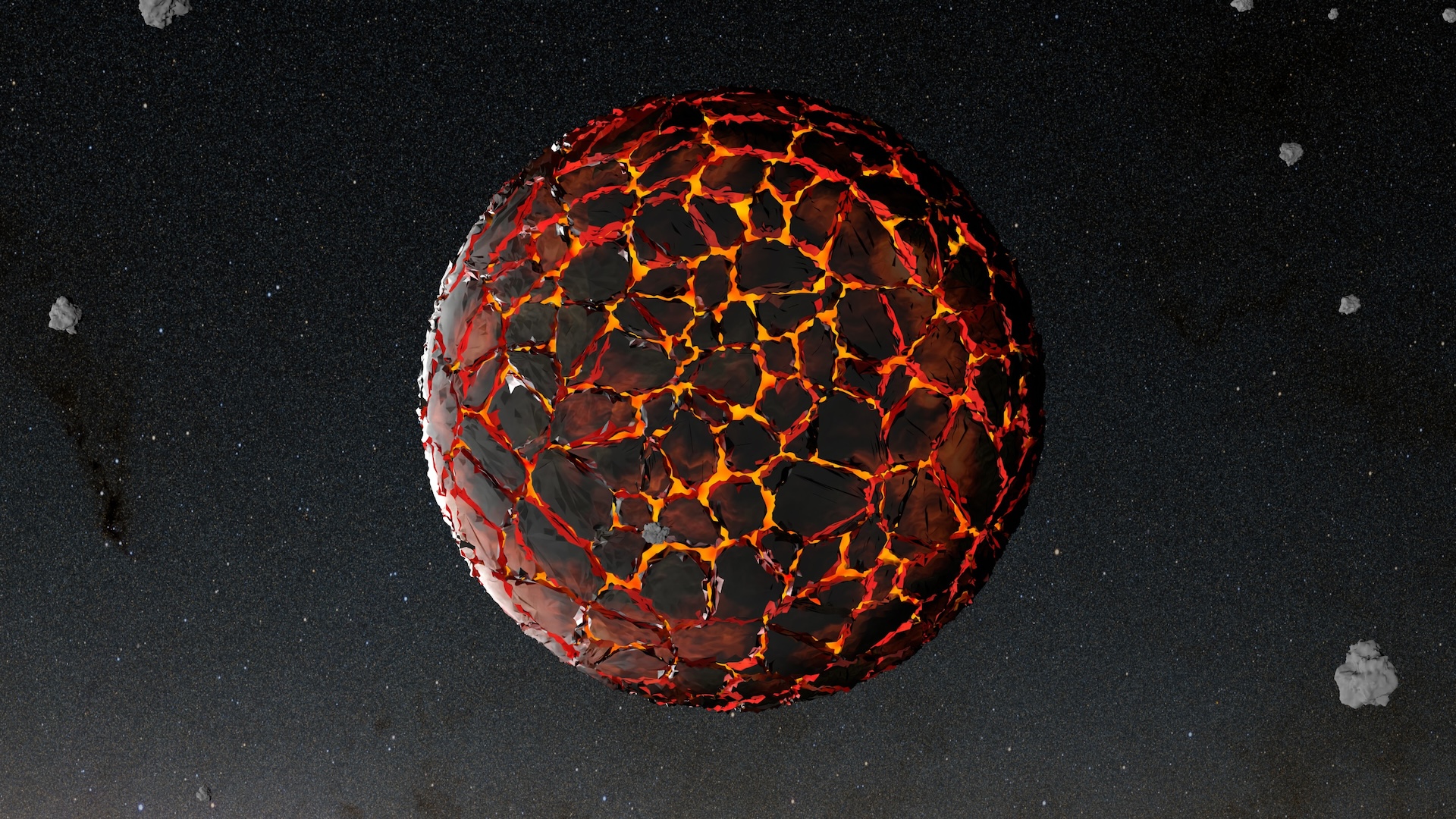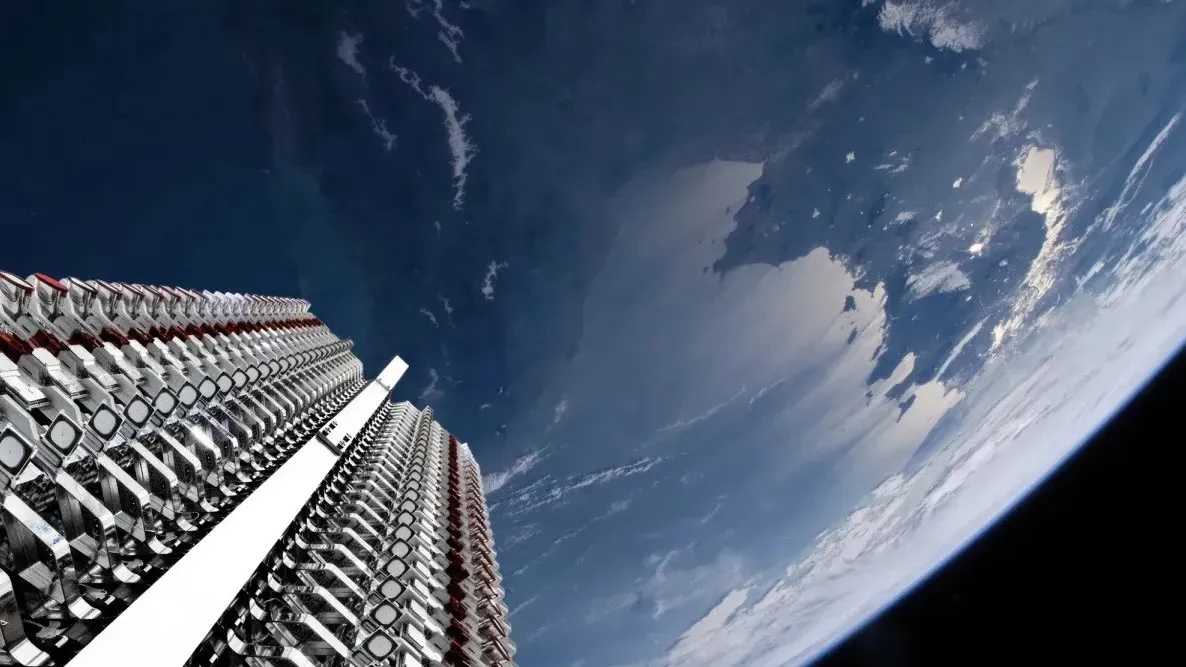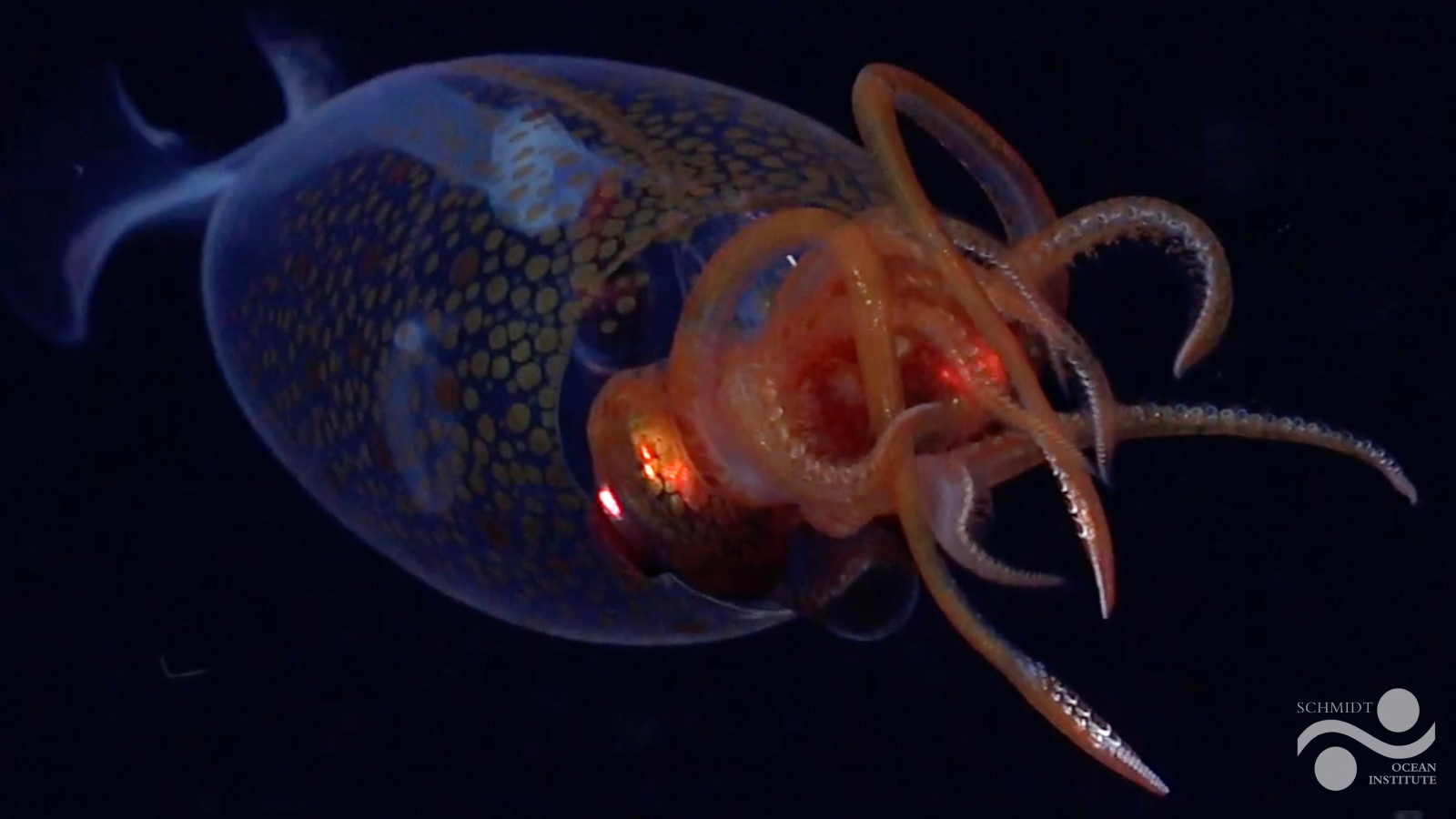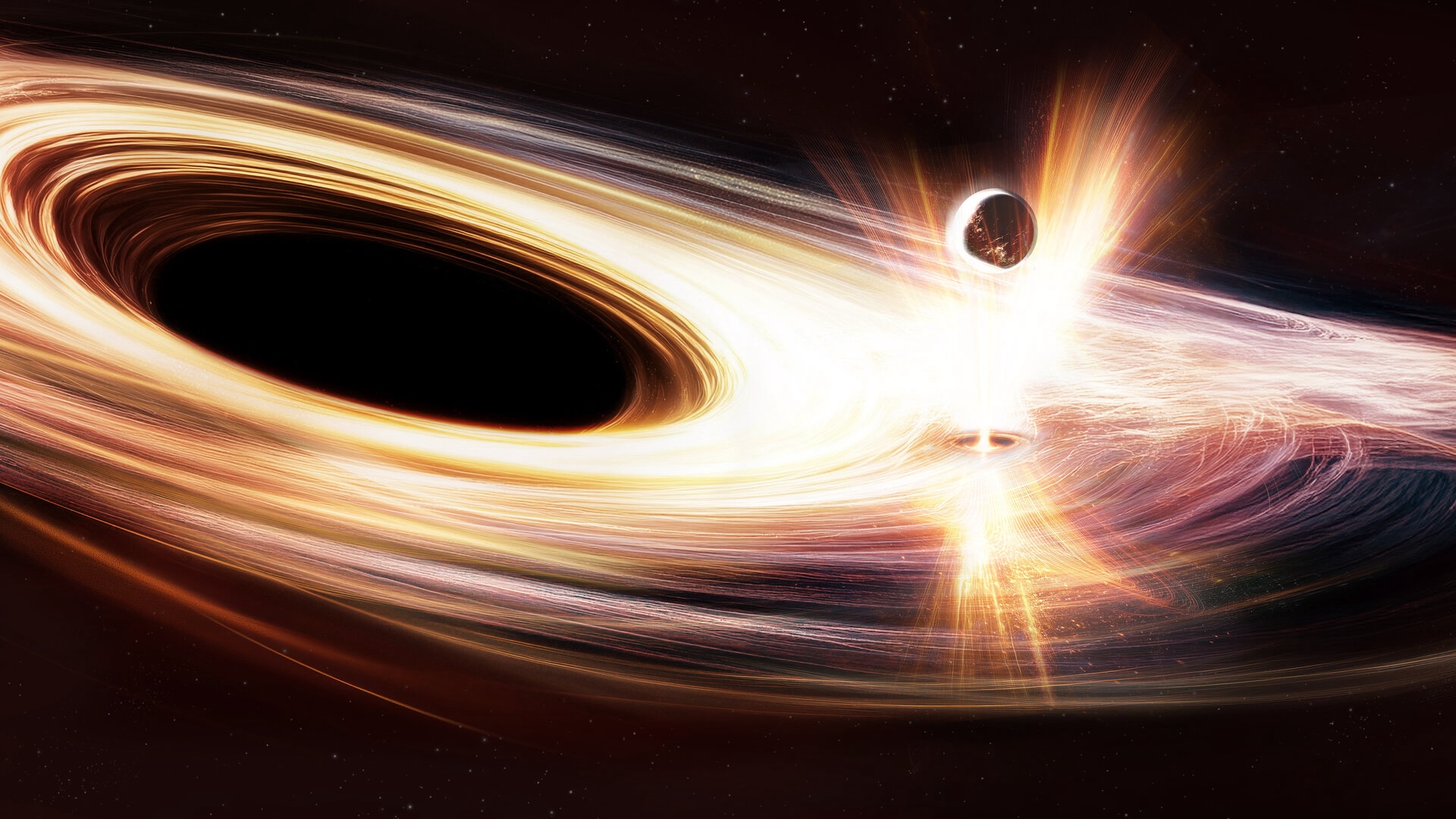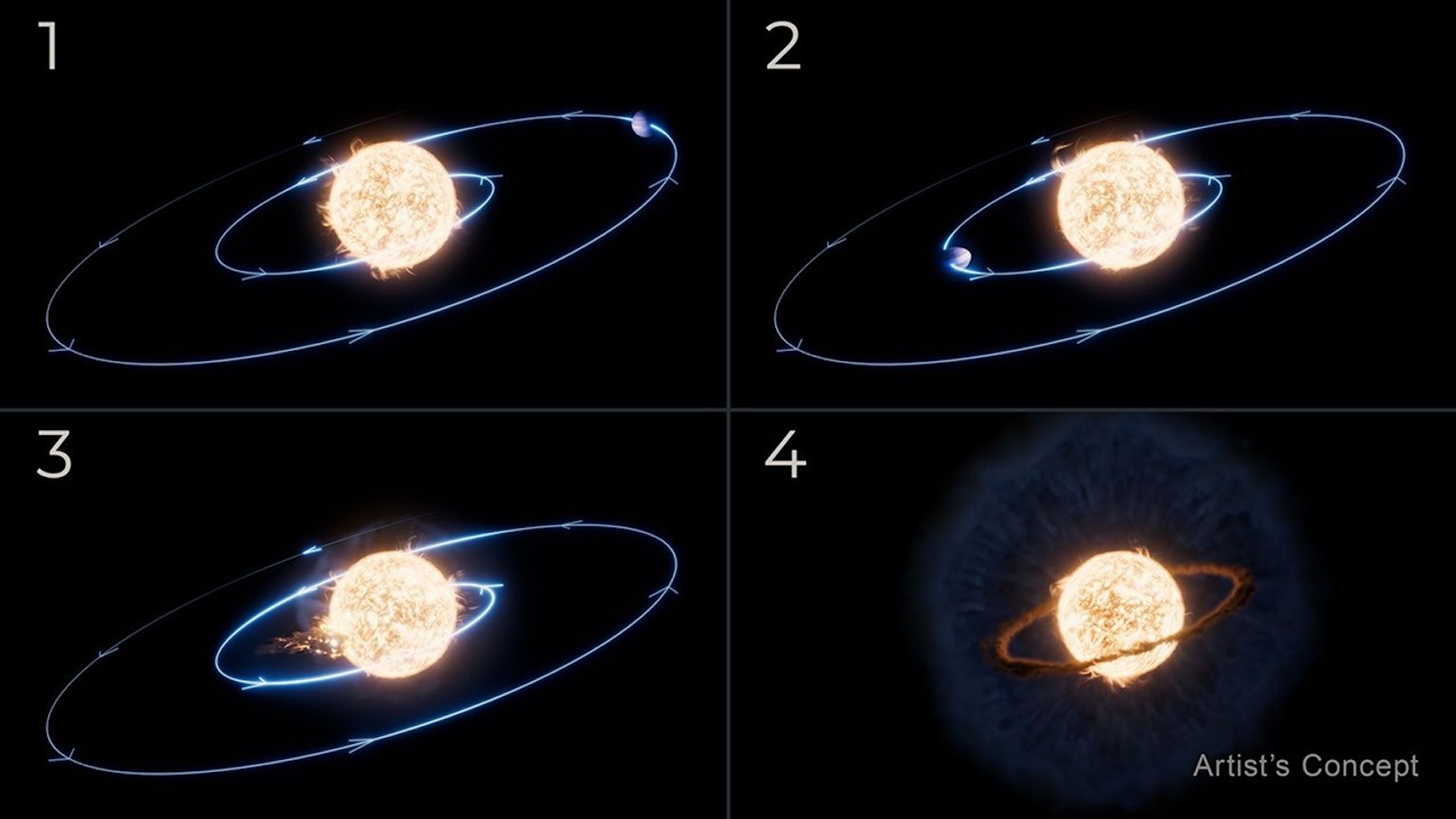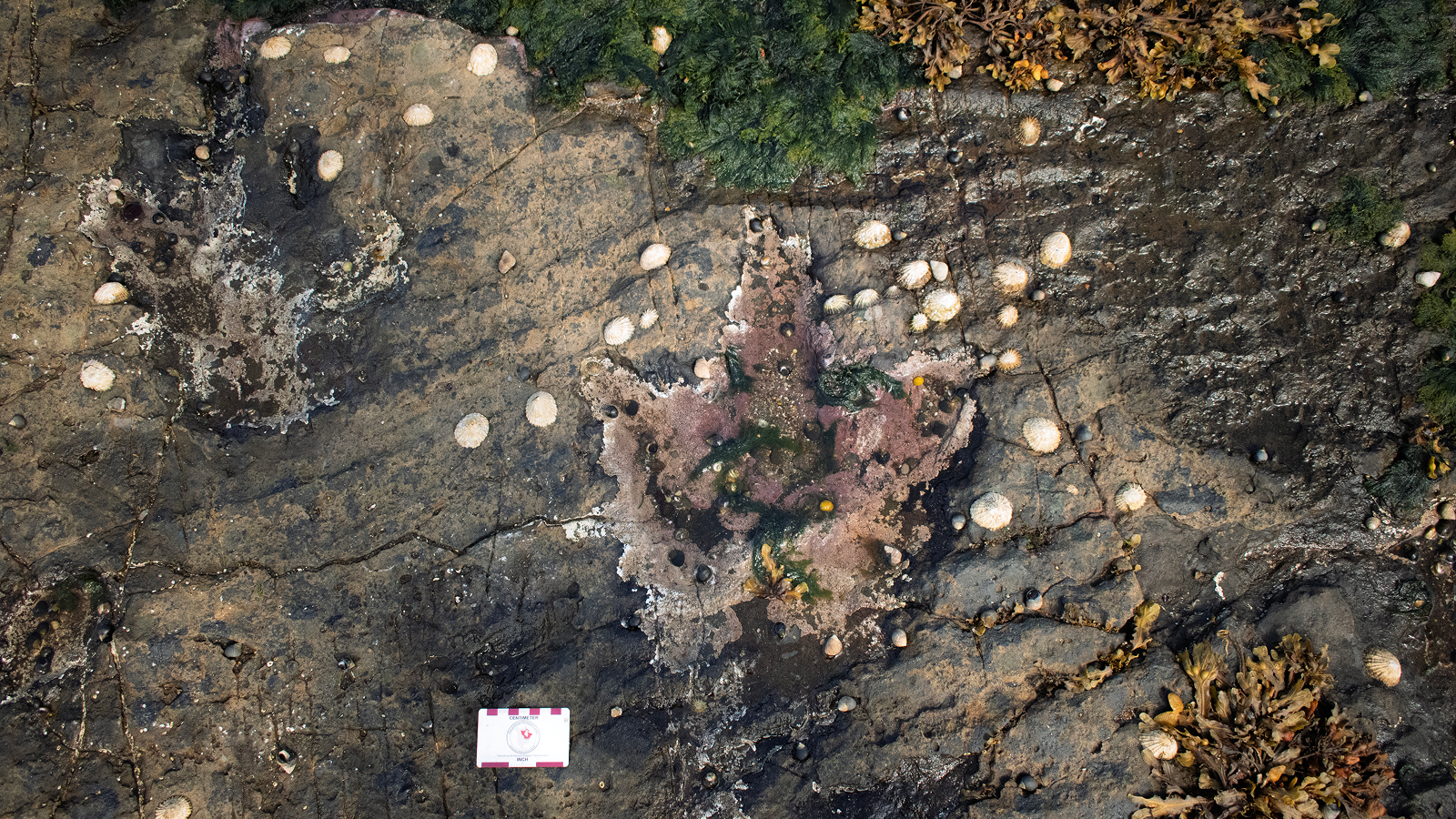French scientists smash China's 'artificial sun' fusion record by 25%
A new record for maintaining plasma burning inside a fusion reactor has been set in France, beating China's previous benchmark by 25%.
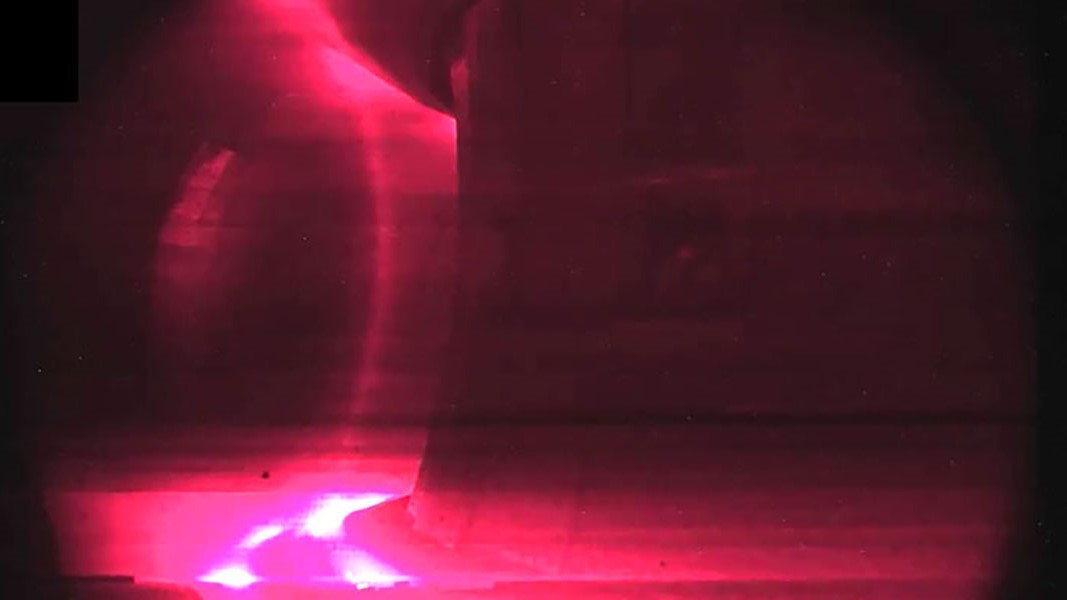
France's WEST fusion reactor has shattered a nuclear fusion record set by China just a few weeks ago, marking yet another small but significant step on the road toward near-limitless clean energy.
The CEA's (Commissariat à l'énergie atomique et aux énergies alternatives) WEST tokamak nuclear fusion reactor maintained a steady loop of burning plasma for a record 1,337 seconds, according to a Feb. 18 announcement — beating China's previous 1,066-second benchmark, set on Jan. 20, by 25%.
"WEST has achieved a new key technological milestone by maintaining hydrogen plasma for more than twenty minutes through the injection of 2 MW of heating power," Anne-Isabelle Etienvre, CEA director of fundamental research, said in a statement. (2 megawatts being enough to power more than 1,000 homes). "Experiments will continue with increased power.”
Scientists have been trying to harness the power of nuclear fusion — the process that powers the stars — for more than 70 years. By fusing hydrogen atoms together under extremely high pressures and temperatures, stars convert matter into light and heat, generating enormous amounts of energy without producing greenhouse gases or long-lasting radioactive waste.
Related: Nuclear fusion reactor in UK sets new world record for energy output
But replicating the conditions found inside the hearts of stars is no simple task. The most common and advanced design for fusion reactors is called a tokamak. The tokamak works by superheating plasma (one of the four states of matter, consisting of positive ions and negatively charged free electrons) and containing it inside a donut-shaped reactor chamber with powerful magnetic fields.
To reach its new milestone, the WEST reactor did just this, corralling plasma made from heavy hydrogen isotopes that was burning hotter than 50 million degrees Celsius for more than 22 minutes.
Sign up for the Live Science daily newsletter now
Get the world’s most fascinating discoveries delivered straight to your inbox.
Cooking plasma to these temperatures is the relatively easy part, but finding a way to corral it so that it doesn't burn through the reactor without also ruining the fusion process is technically tricky. This is usually done either with lasers or magnetic fields.
The achievement paves the way for the eventual operation of the International Thermonuclear Experimental Reactor (ITER) fusion reactor, a project that brings together China, the European Union, India, Japan, South Korea, Russia and the United States to run the largest fusion reactor ever.
"This excellent result allows both WEST and the French community to lead the way for the future use of ITER," Etienvre said.
Consisting of 19 massive coils looped into multiple toroidal magnets, ITER was originally slated to begin its first full test in 2020, but revisions to its schedule mean it will first fire in 2039 at the earliest. This means the technology is unlikely to progress fast enough to be a practical solution to the climate crisis.

Ben Turner is a U.K. based staff writer at Live Science. He covers physics and astronomy, among other topics like tech and climate change. He graduated from University College London with a degree in particle physics before training as a journalist. When he's not writing, Ben enjoys reading literature, playing the guitar and embarrassing himself with chess.
You must confirm your public display name before commenting
Please logout and then login again, you will then be prompted to enter your display name.

